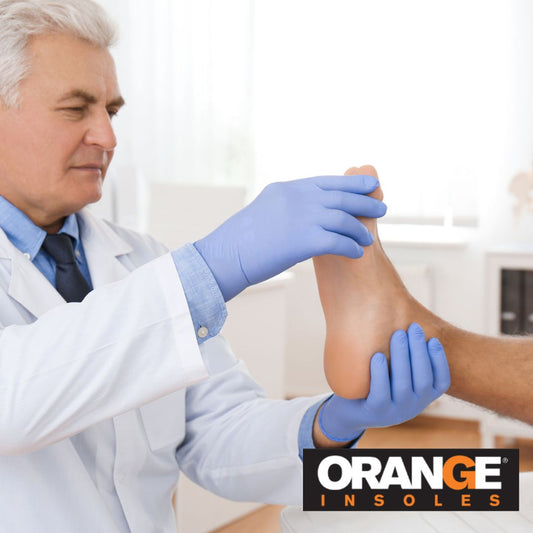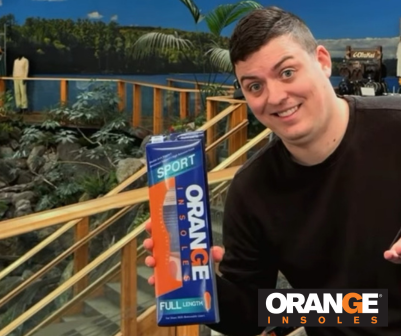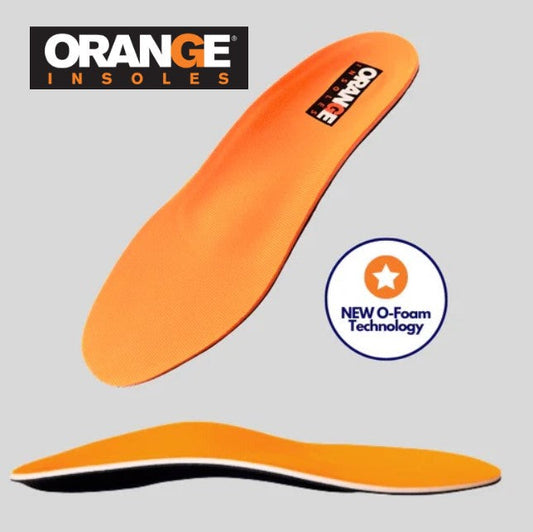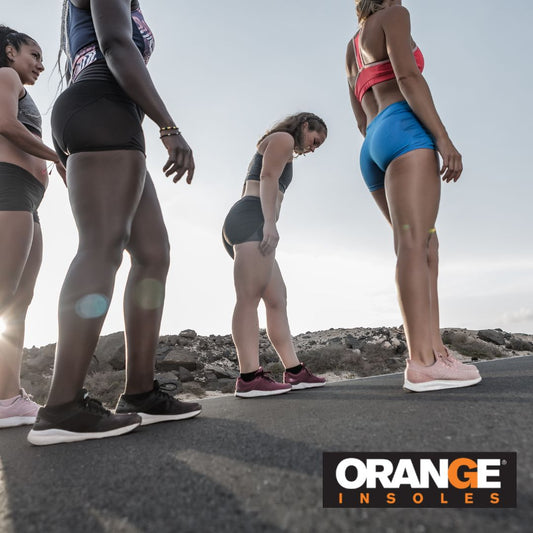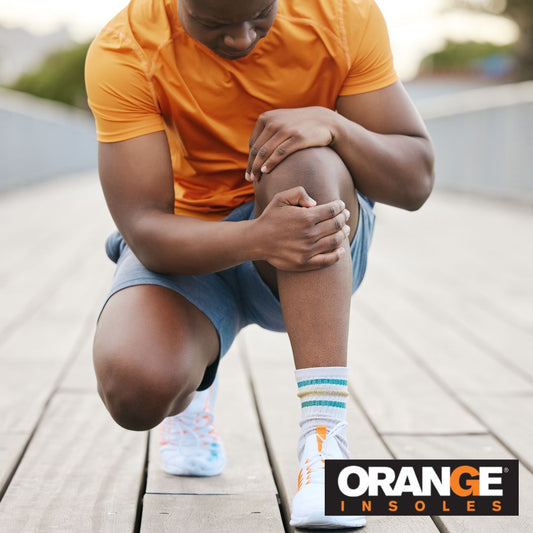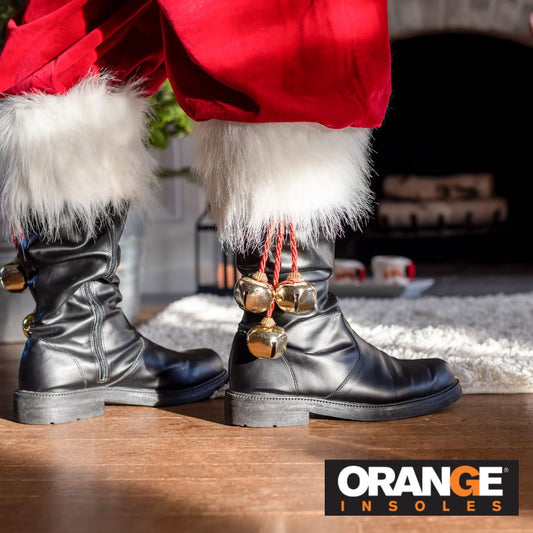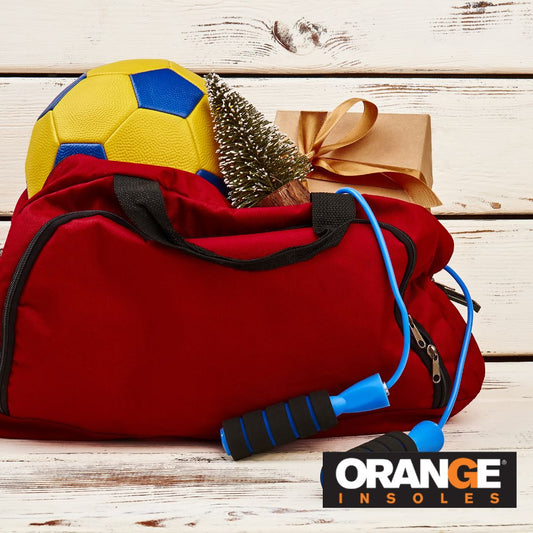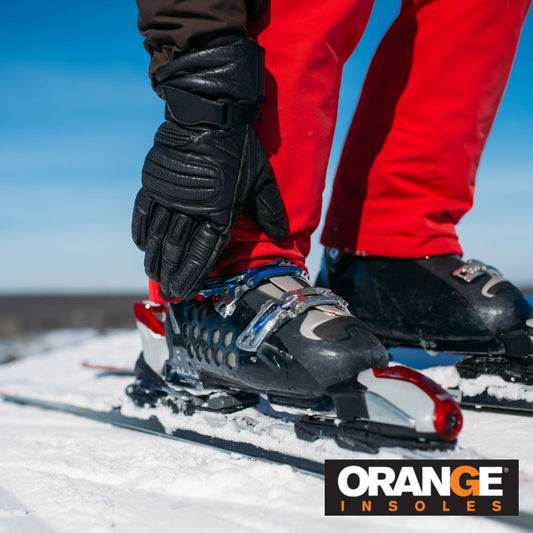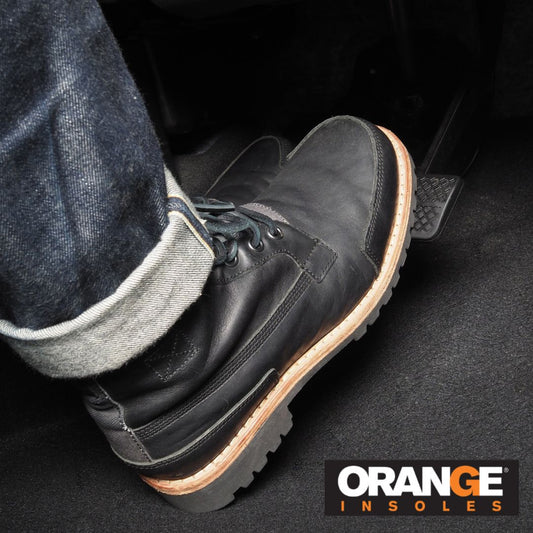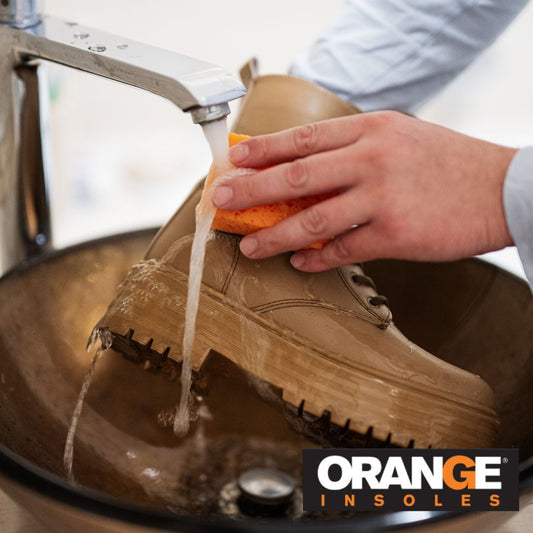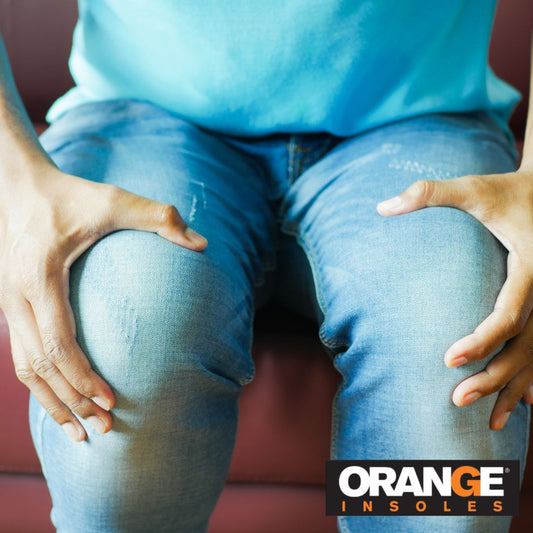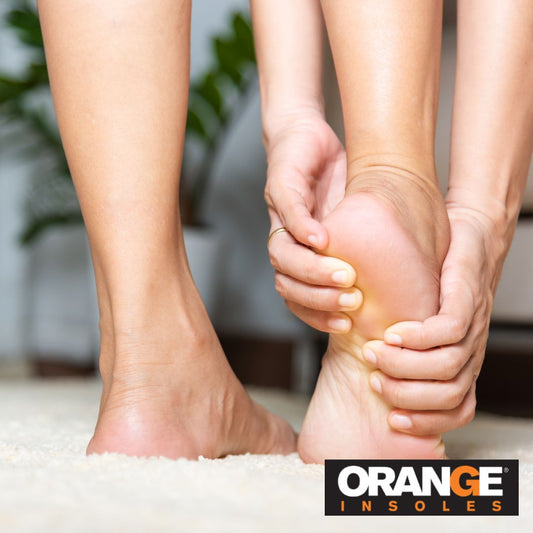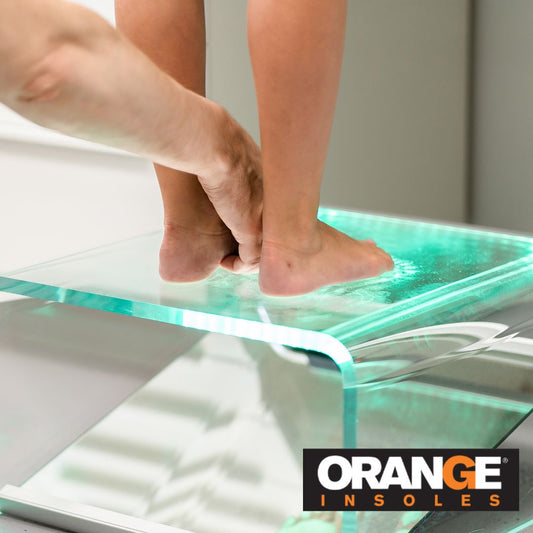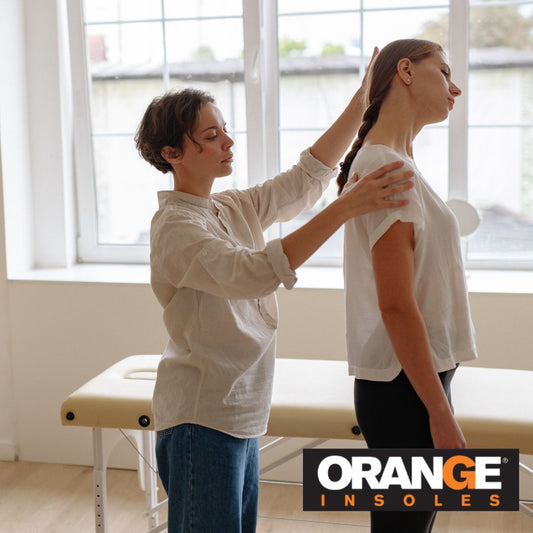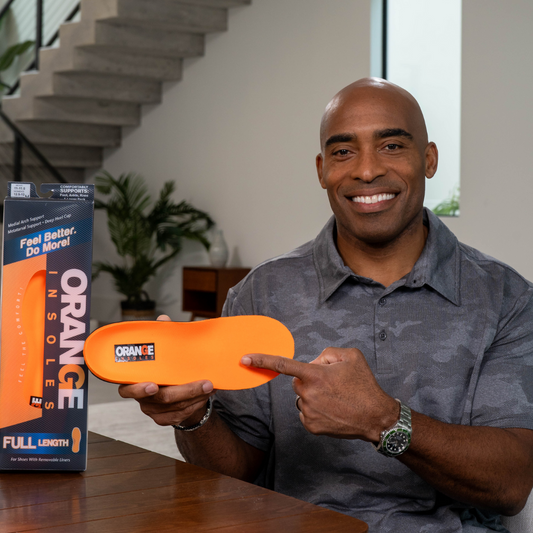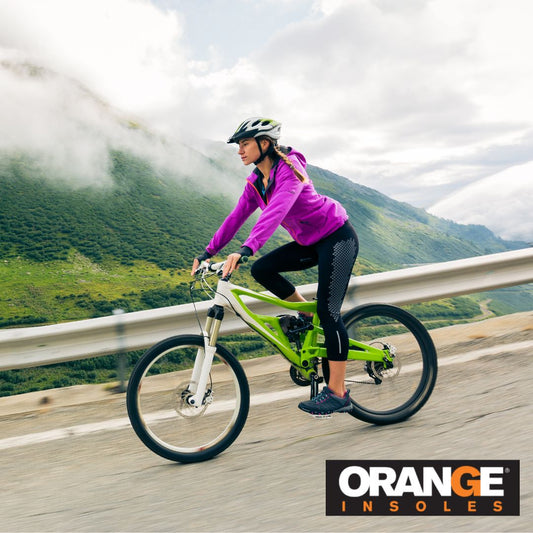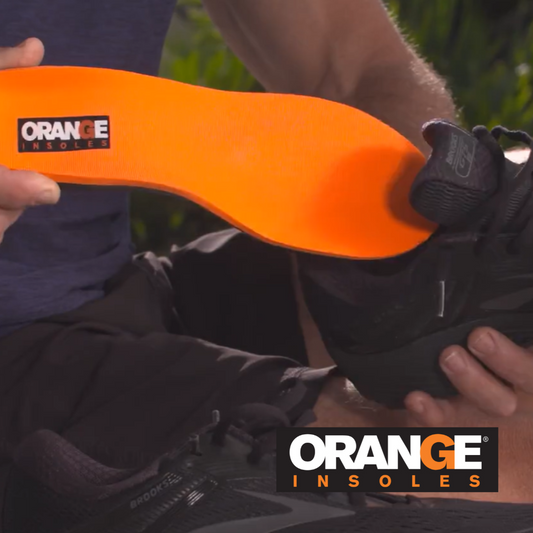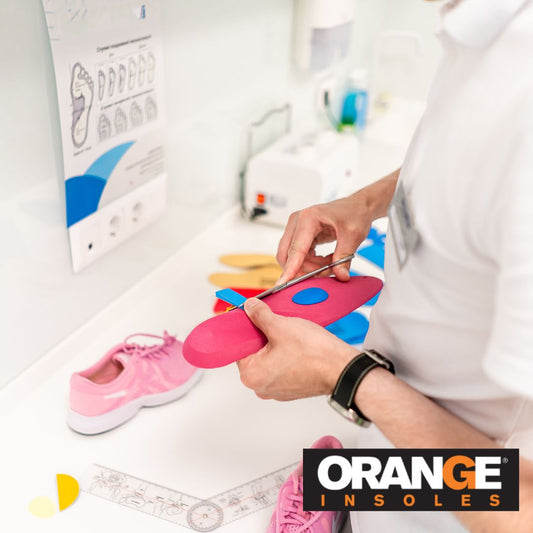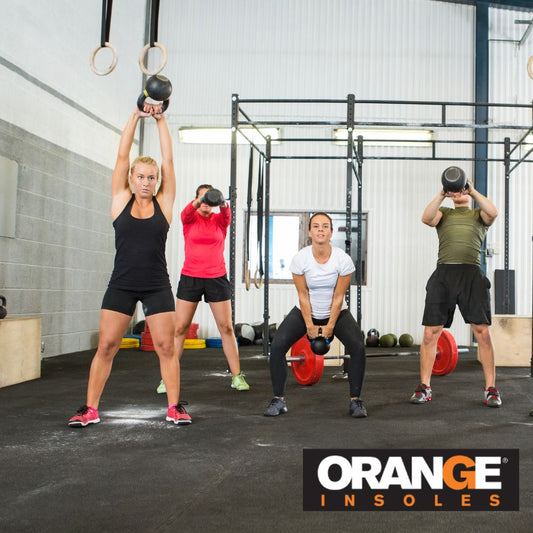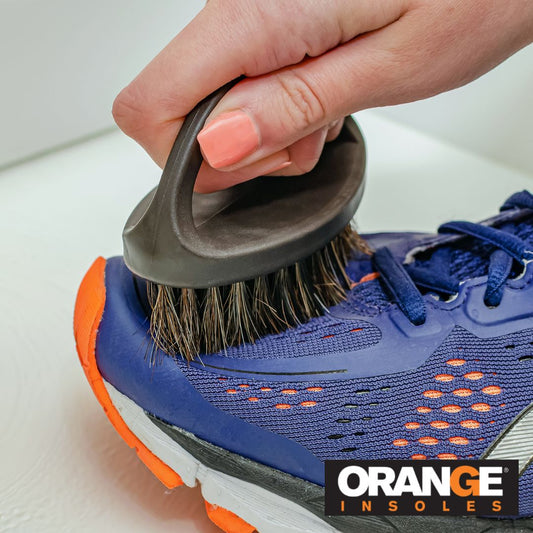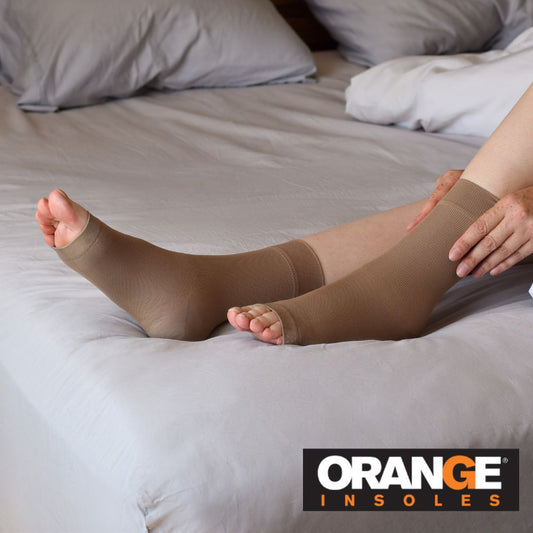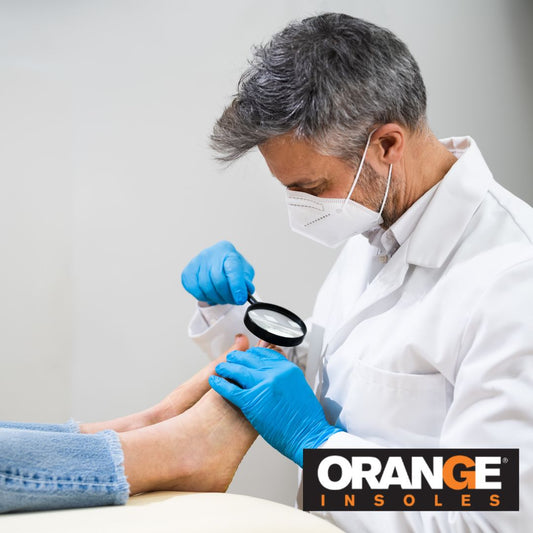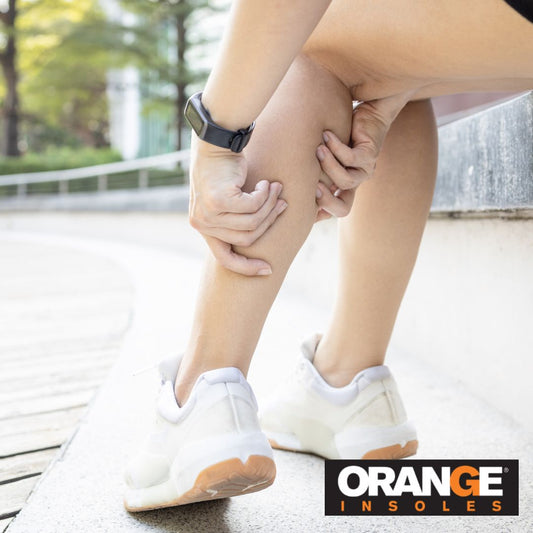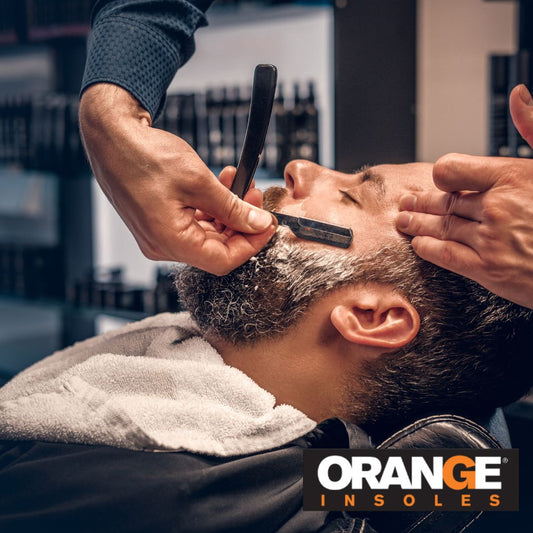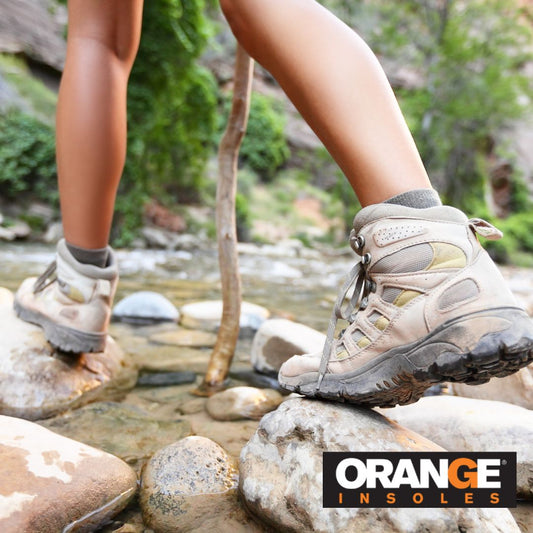If you’re going for a hike, potentially for miles, you’re going to want your feet to be protected. Whether you’re looking for the best hiking boots for flat feet, or a good pair of hiking boots for plantar fasciitis, you need support to make sure you’ll be feeling great mile after mile.
So let’s talk about hiking boots, support, and how to keep your dogs from barking when you take them on the trail.
What Makes A Boot A Hiking Boot?
We’ve posted about boots before. For the most part, boots, especially work boots, tend to be more supportive than shoes like casual flats or high heels since they’re made for physical activity.
That being said, there are 2 elements that make hiking boots unique: a hardwearing, durable upper, and lighter weight sole than the average work boot.
Hiking Boot Uppers: Rugged
The upper is the part of a shoe that wraps around the foot and holds it within the shoe. It can be made of mesh, leather, canvas, or any number of materials.
For hiking boots, those materials tend to be durable and rugged. Hiking means exposure to the elements, and to less-than-ideal conditions, that may require GORE-TEX or waterproof materials to keep your feet safe and dry on the trail.
Hiking Boot Outsoles: Rigid & Lightweight
The outsole is the element of the boot that actually hits the ground.
Hiking boot outsoles tend to be rigid, which helps prevent against the wear of the rough trail conditions. This can be rough for shock absorption, but it means the boot will hold up under the high impact wear of hiking the trails.
What Makes A Supportive Hiking Boot?
A good pair of hiking boots, when fitted and worn properly, can reduce fatigue and risk of injury. A boot with good support can also mitigate the sore foot pain that occurs when standing all day.
By contrast, hiking boots that are ill-fitting, lacking support, or excessively worn can put you at risk for issues like plantar fasciitis, or pain in the lower back and hips.
When you’re wearing a pair of hiking boots, you want to make sure that you’re addressing two issues: alignment and weight distribution.
- Alignment is an issue when you move around. Any time you’re moving around, you want your foot to have an efficient, healthy gait. (We talked about the importance of gait in our post on choosing the best footwear for your foot type.) Keeping your foot in the right alignment and preventing overpronation while hiking keeps your gait from putting pressure on your knees, hips, and back.
- Weight Distribution can also impact the health of your body. This can often be an effect of standing for long periods on aon rocky, uneven surfaces. The more fatigued your feet and ankles become, your body begins to subconsciously shift itself into different positions to provide some relief. This can often shift your body weight to areas of the foot that aren’t designed to support your weight.
For both of these issues, you’ll want to look to the sections of the boot that impact support: the outsole and the midsole.
Hiking Boot Outsoles
Hiking boots can be pretty good when it comes to having good, wide, well-balanced outsoles… to help you maintain balance on the trail. But if the outsole is meant to be lightweight, it may have a thinner profile than the average work boot, which can impact balance.
Flip the boot over and have a look at the bottom. Many boots will have a wide profile, (which is why they’re on the heavy side,) which is exactly what you want when you’re looking for footwear that is easy to balance in.
The wider the base, the easier it will be to balance, but the heavier the boot will be. So if you need or prefer a lightweight boot, make sure you don’t sacrifice too much in terms of support to get it.
Hiking Boot Midsoles
When you’re looking at a hiking boot midsole, take note as to what it’s made of. Usually, the answer is molded foam… though sometimes you may see some sections made with secondary materials to enhance support.
Check out the midsole and see whether there is a raised contour by the arch for support. Arch support is one of the key factors in preventing overpronation and keeping a fatigued foot in alignment.
Other areas to check for support are the heel- is there a cup for the heel to rest in? Is there support by the forefoot? These are great features for encouraging proper weight distribution.
Hiking Boot Insoles
Molded foam insoles are perfectly fine and supportive… to a point. The problem with molded foam is durability and longevity. Hiking boots are designed with outsoles and uppers that are designed to take a beating… which means that the midsole could be the first part of the boot to wear out.
So you may be wearing a pair of boots that look completely fine on the outside, but are lacking the support you need.
A good quality insole will have additional arch support, preferably made of a more rigid material like plastic that will last much longer than a traditional foam midsole. While an insole will never impact the outer wear of a boot, they may help your hiking boots be more supportive for longer.
An insole with great medial arch support, a metatarsal pad by the forefoot, and a cup to support the heel will also encourage proper weight distribution and alignment to help reduce fatigue and soreness.
If you’re experiencing pain from flat feet or plantar fasciitis, and you’re looking for the best insole for your hiking boots, you may benefit from an Orange Full. Find it in your size here!









